How to use profiles with Microsoft Adaptive Hub
A profile is a set of button actions that you've configured. Learn about the different profiles, how to switch between them, and more.
Before you begin
To set up profiles, you need to install the Microsoft Accessory Center on your PC. To download it, go to Microsoft Accessory Center download.
What are profiles?
A profile is a set of button actions that you've configured to use with your device. There are two different kinds of profiles:
-
Device profiles (Profile 1, Profile 2, Profile 3)
-
A device profile is a set of button actions that applies to all apps and navigation on your device.
-
The button actions will be the same no matter which app you're using.
-
It can be customized for every device that you use with your Adaptive Hub.
-
-
App profiles (Profile 0)
-
An app profile is a set of button actions that applies to a specific app.
-
This set of button actions will only apply to that app.
-
App profiles are applied to paired PCs that have the Microsoft Accessory Center installed.
-
App profiles are the same on all PCs that are used with your Adaptive Hub. That means that an app like Microsoft Teams will have the same app profile when you use your Adaptive Hub with another PC.
-
Add a device profile
Once you connect your Adaptive Hub to your PC, you can set up a profile. For more info on connecting your Adaptive Hub to your PC, see How to use Microsoft Adaptive Hub.

Here’s how to set up a profile:
-
Select Start and open Microsoft Accessory Center.
-
Select Microsoft Adaptive Hub.
-
In the devices list, select All connected devices. Or, select Bluetooth device 1, 2, 3 or USB device to create a profile for a specific connected device.
-
-
After choosing a device, select the profile list. If you’re setting up a profile for the first time, this might show Profile 0 (App profiles).
-
Select Add profile.
-
Select Profile 1, Profile 2, or Profile 3, to start configuring it.
To edit this profile later, select it from the profile list.
Add an app profile

Here’s how to set up an app profile:
-
Select Start and open Microsoft Accessory Center.
-
Select Microsoft Adaptive Hub.
-
In the devices list, select All connected devices.
-
After choosing a device, select the profile list. If you’re setting up a profile for the first time, this might show Profile 0 (App profiles).
-
Select an app to start configuring it.
-
To edit this profile later, select it from the profile list.
Switching between profiles
Press the Profile button on your Adaptive Hub to switch between the profiles you set up. The lights next to the Profile button let you know which profile is active.
|
Selected profile |
Number of lights next to the Profile button |
|---|---|
|
Profile 0 |
None |
|
Profile 1 |
1 light |
|
Profile 2 |
2 lights |
|
Profile 3 |
3 lights |
You can set up your hub to always skip a device profile when you press the Profile button, here’s how:
-
Open the Microsoft Accessory Center and select Microsoft Adaptive Hub.
-
Select Set hub to skip certain profiles.
-
Find the device profile you want to skip, then make sure it’s turned off.
Number of profiles for your device
You can set up different profiles for your connected device. Here’s a guide to which profiles can be set up based on your connected device.
|
Connection device |
Profiles you can set up |
|---|---|
|
All connections |
Profile 0 (App profiles) |
|
Bluetooth device 1 |
Profile 1 Profile 2 Profile 3 |
|
Bluetooth device 2 |
Profile 1 Profile 2 Profile 3 |
|
Bluetooth device 3 |
Profile 1 Profile 2 Profile 3 |
|
USB connected device |
Profile 1 Profile 2 Profile 3 |
Note: You can't set up app profiles for each connected device (Bluetooth and USB). App profiles will be the same on all PCs used with your Adaptive Hub. The PC needs to have the Microsoft Accessory Center installed so app profiles will work.











